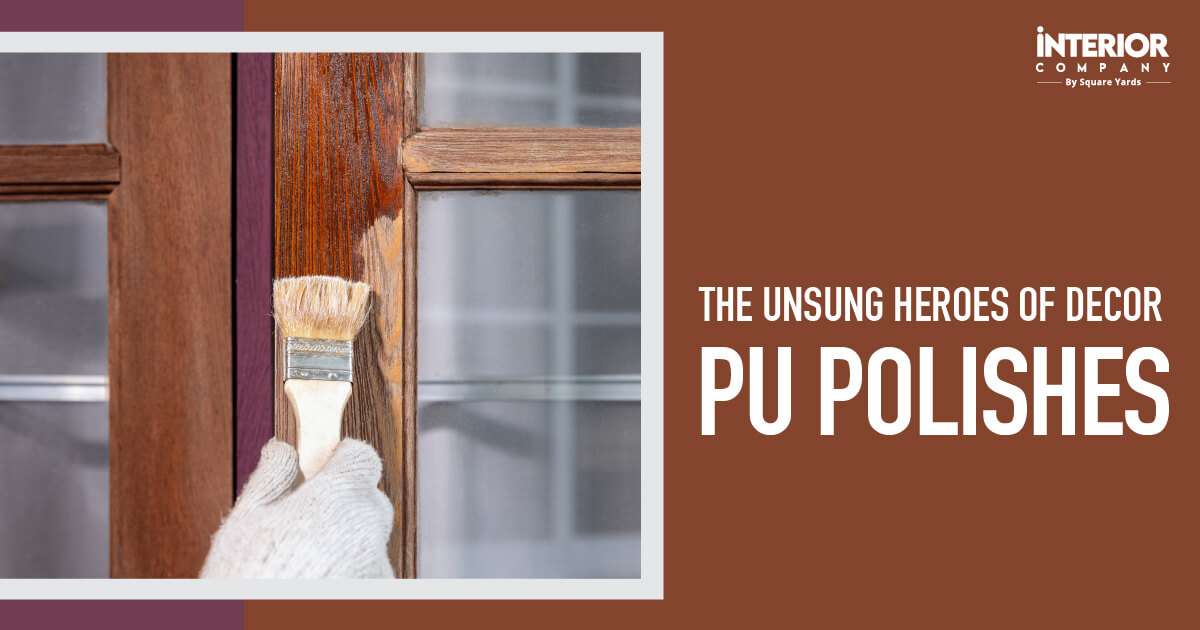For perfecting something you need to have an understanding of it, so let’s start with the basics.
Types Of Wall Putty
There are two majorly used types of wall putty-
- Cement—This type of wall putty contains cement, polymers, and minerals to provide a smooth surface suitable for use as a base for colours. It is also water—and fire-resistant, making it suitable for both indoor and outdoor walls.
- Acrylic provides better adhesion than cement-based wall putty. This ready-to-use wall putty dries quickly. It is ideally used on interior walls to fill gaps and minor imperfections.
Applications of Wall Putty
Wall putty is used for many different purposes, thanks to its flexible and easily compatible nature. Here are some of the main applications of wall putty-
- Base for Paint—Due to their characteristics, these wall putties are used as a base to smooth the surface before it is painted.
- Repairing Cracks and Damages- Wall putty is highly used to give your house a finishing touch or during renovations. Acrylic Wall putty is usually used to fill cracks and gaps in the wall.
- Texture Design on Walls- Wall putty is used to decorate a house. It is easy to dry and can be used to sculpt models, textures, and different designs.
Designs Using Wall Putty
If you are bored with simple, solid colours and age-old wallpapers, you can unleash your inner artist by creating texture and design on your wall. Here are some of the options you can choose from:-
Wall Putty Stencil Design
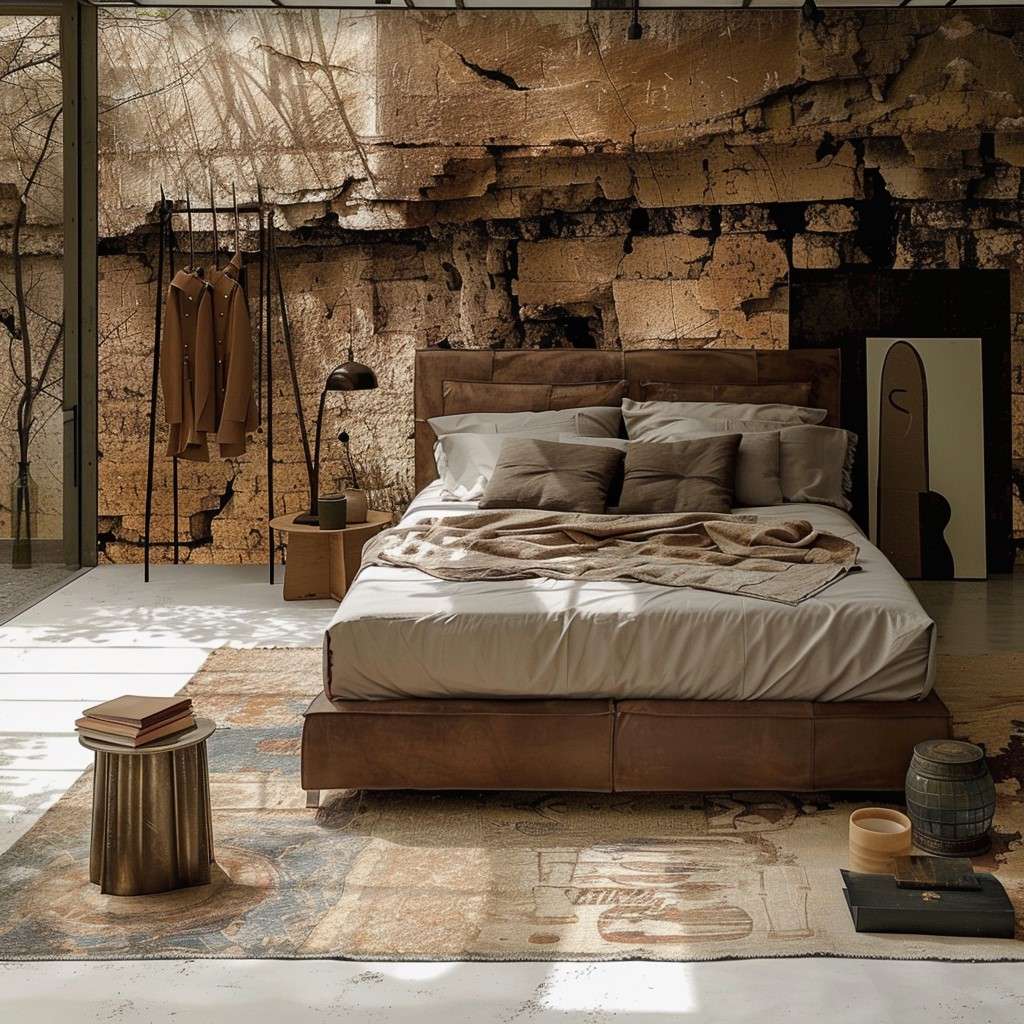
Stencils are cut out of different shapes, from an abstract pattern to some shapes to even a letter. Stencil-based designs are made by layering putty through the patterns and shapes of a stencil. You can create intricate designs with a stencil cut-out, which could be ready-made or customised according to your own design. These designs strip the wall away from its smoothness and instead create a rich texture that can be felt around the room. You can mould the walls of your bedroom to contrast or complement the furniture, like in the image above.
Wall Putty Moulding Design
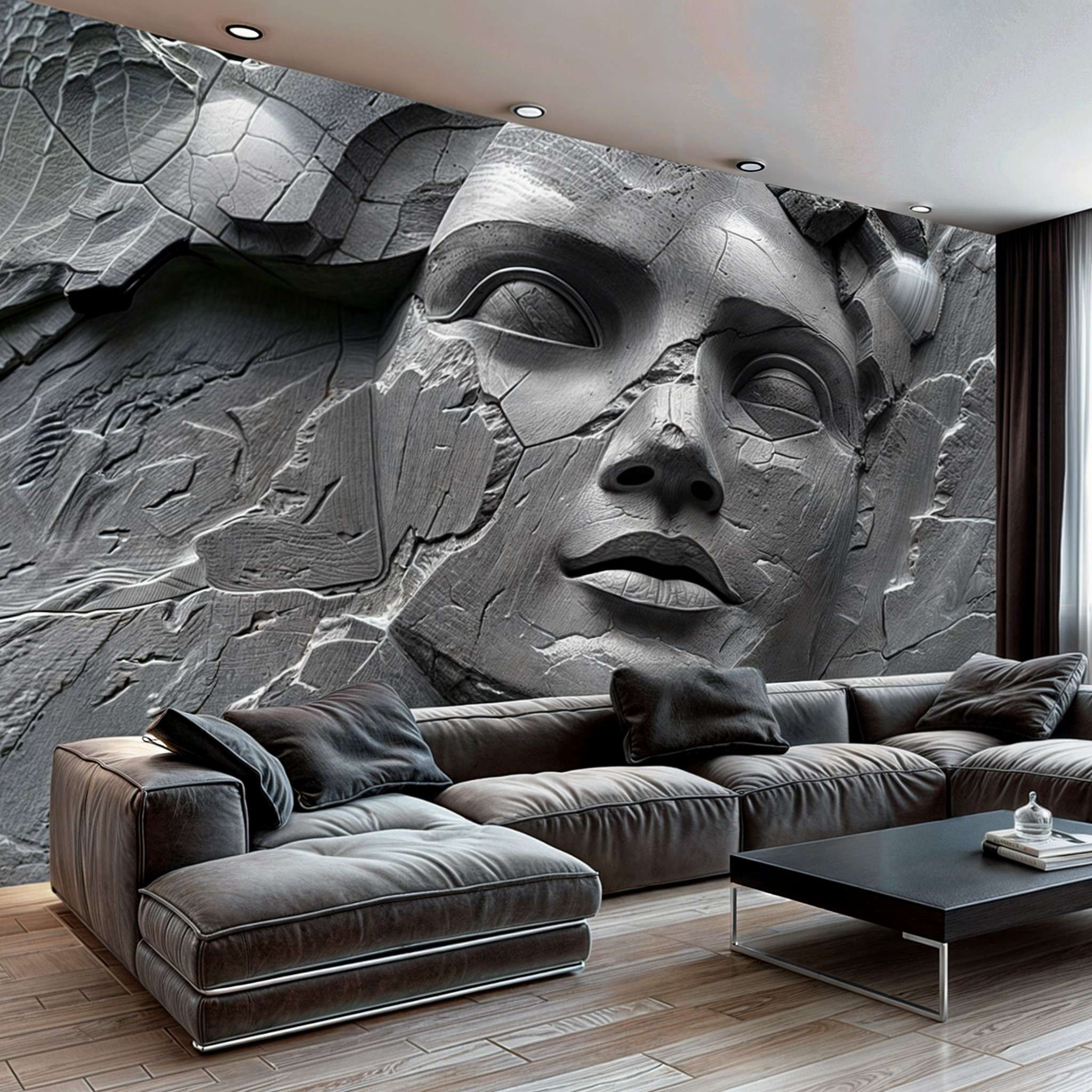
Do you love moulding and sculpting? If yes, then the whole wall is your canvas! You could sculpt anything according to your imagination and taste for the wall and get it painted to match the colour of the rest of the room’s decor. Greek sculptures and Egyptian and ancient Indian symbols look very classy and artistic on the walls of a living room or behind the showcase of a drawing room.
{walls}
Wall Putty Flower Design
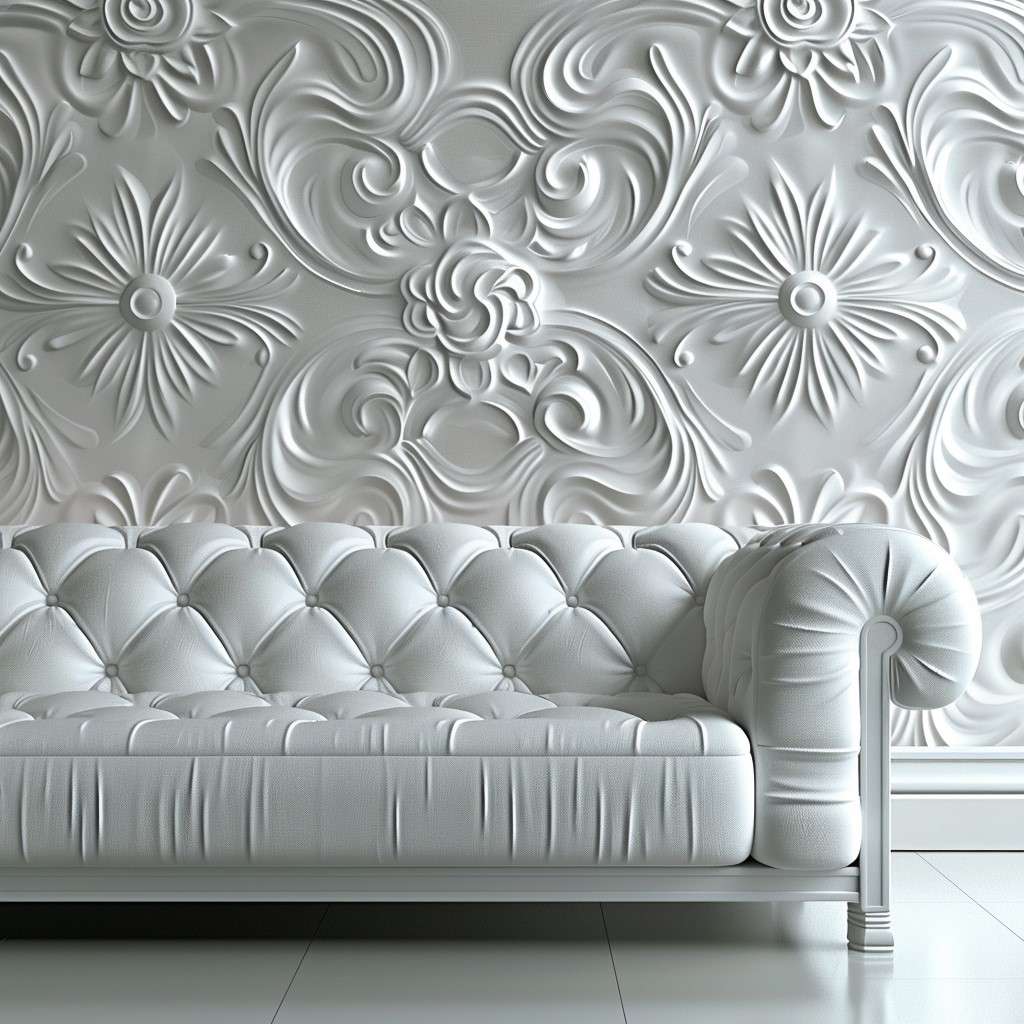
The old floral carvings of Mughal architecture are an ode to class itself. You could be sceptical about their timeliness and trend, but these designs were made for timelessness. With the help of different stencils or manual craftsmanship, you could easily decorate the walls of your hallways with big floral patterns and warm lights to accentuate the grandness of these designs. A wall in the main lobby is the best place to carve this design; the grandeur of your house could be felt just by imagining it.
Abstract Putty Designs
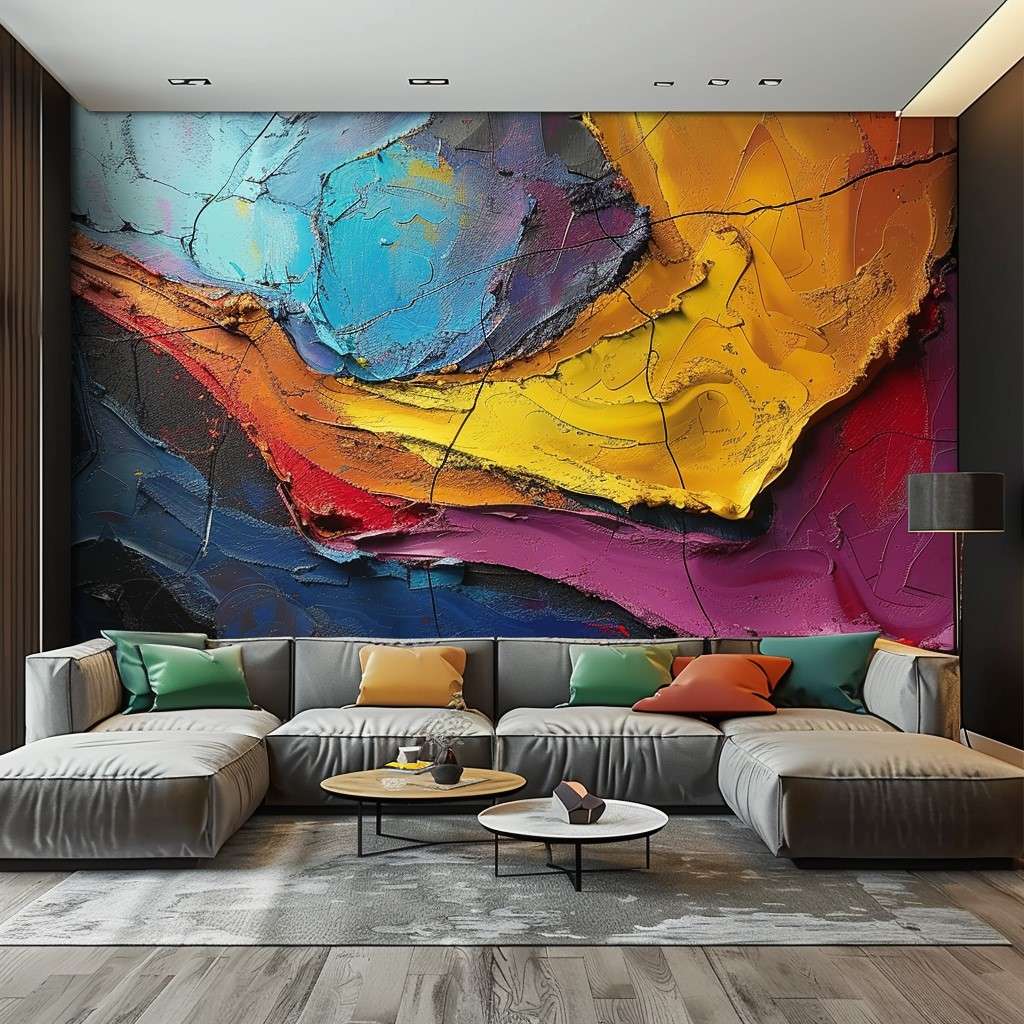
If you don’t want to get the intricate details on the walls of your house and need a cleaner and sleeker look, then you can just go abstract! A juxtaposition of shapes and patterns, sometimes with meaning, sometimes totally confusing and irrelevant, these designs could make sense or could not but will surely invoke an emotion, a feeling within people every time they look at it. Use different light temperatures to light up the depths and make you feel its dimensions. They are the most notorious and highly playable designs of them all.
Wall Putty Texture Design
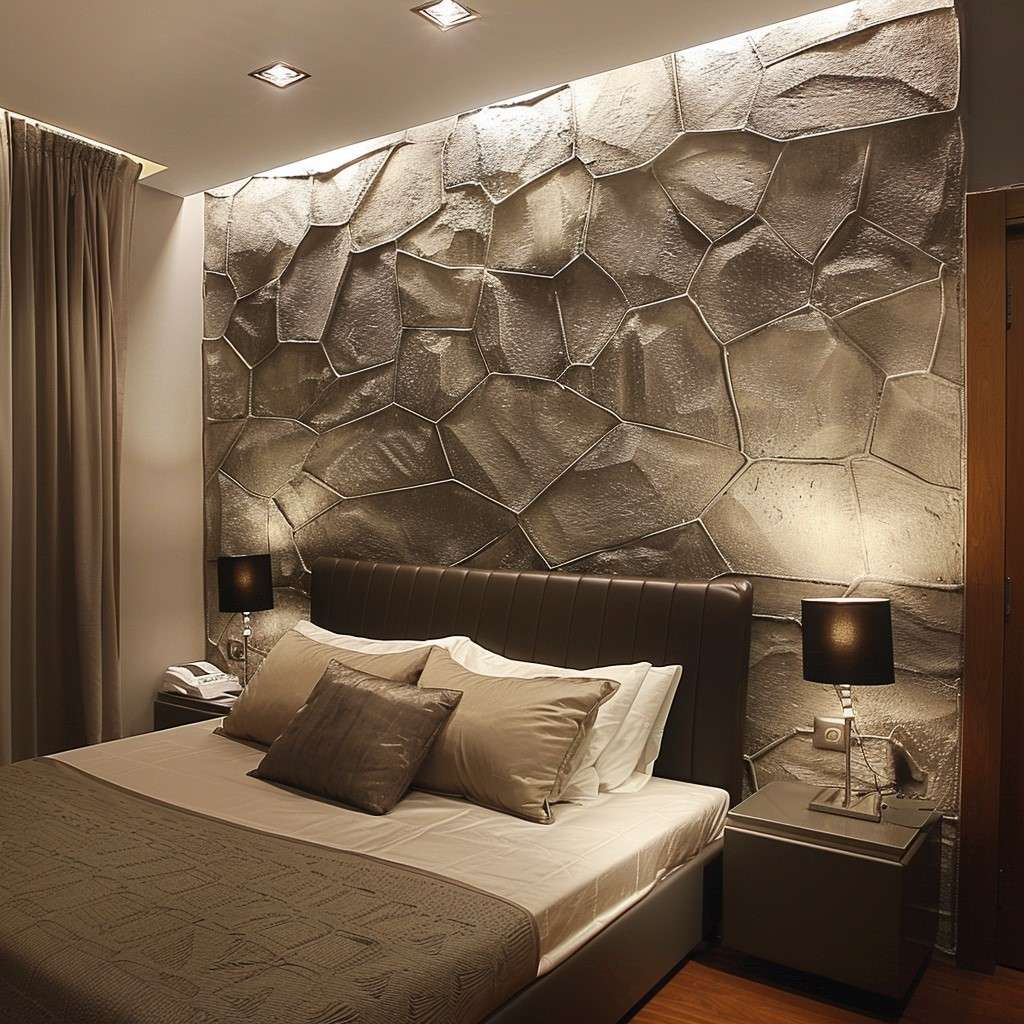
On the wall behind your bed, you can create a different texture, like a pattern of rough dots and gibbous of putty and then paint them with the colours of your choice. It will give a very humanistic and warm feel to the room. This design is best for large rooms where this textured wall will become the focal point, giving the room a very designed feel without much work. Designing big rooms is tricky as you might end up either leaving it too empty or cluttering it so much that it becomes jarring to the eye, here, these textured walls fill the empty space of the bedroom while keeping it breathable.
{walls}
The Final Coat
No matter how elegant and sophisticated the tiles and solid colours might look, they tone down the character of these walls. Textured three-dimensional shapes and curves speak a language of their own, which the flat walls lack. The lights support these walls with depth, the colours provide them with mood, and this whole amalgamation creates a texture which transcends itself throughout the room. These paints can be used anywhere from the living area to the bedroom, creating a flow throughout your house. All this is good, but remember that you should not overdo these textures as they have a heavy visual value, which, if not used correctly, would affect the impact of the whole house.
To bring this design into your house, you can also get help from the experts of Interior Company.
*Images used are for representational purposes only. Unless explicitly mentioned, Interior Company does not hold any copyright to the images.
